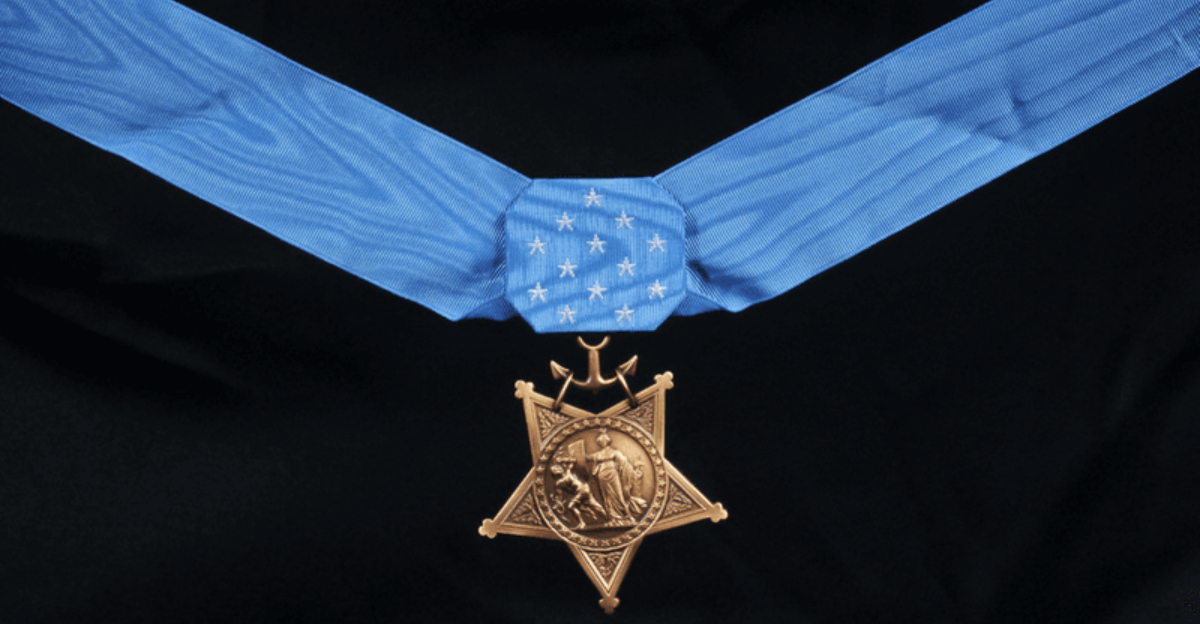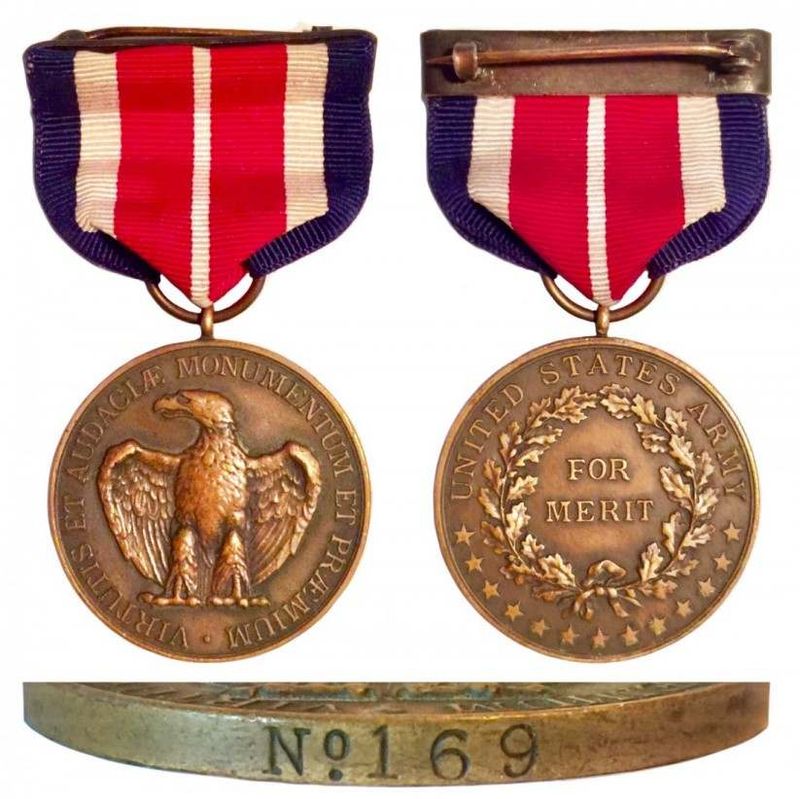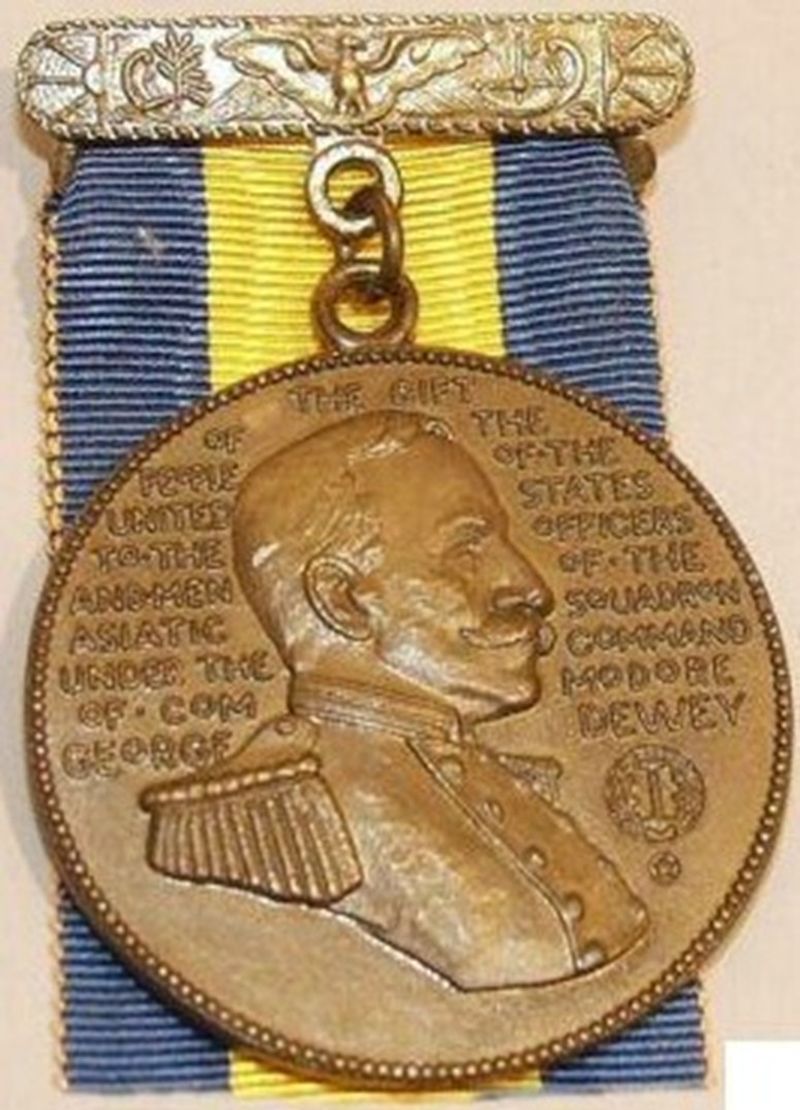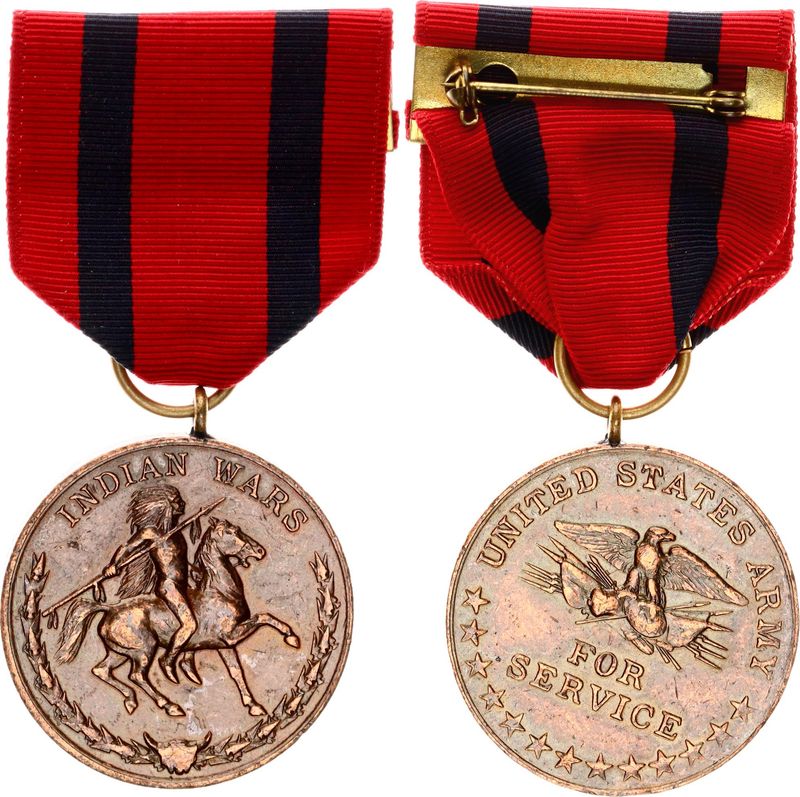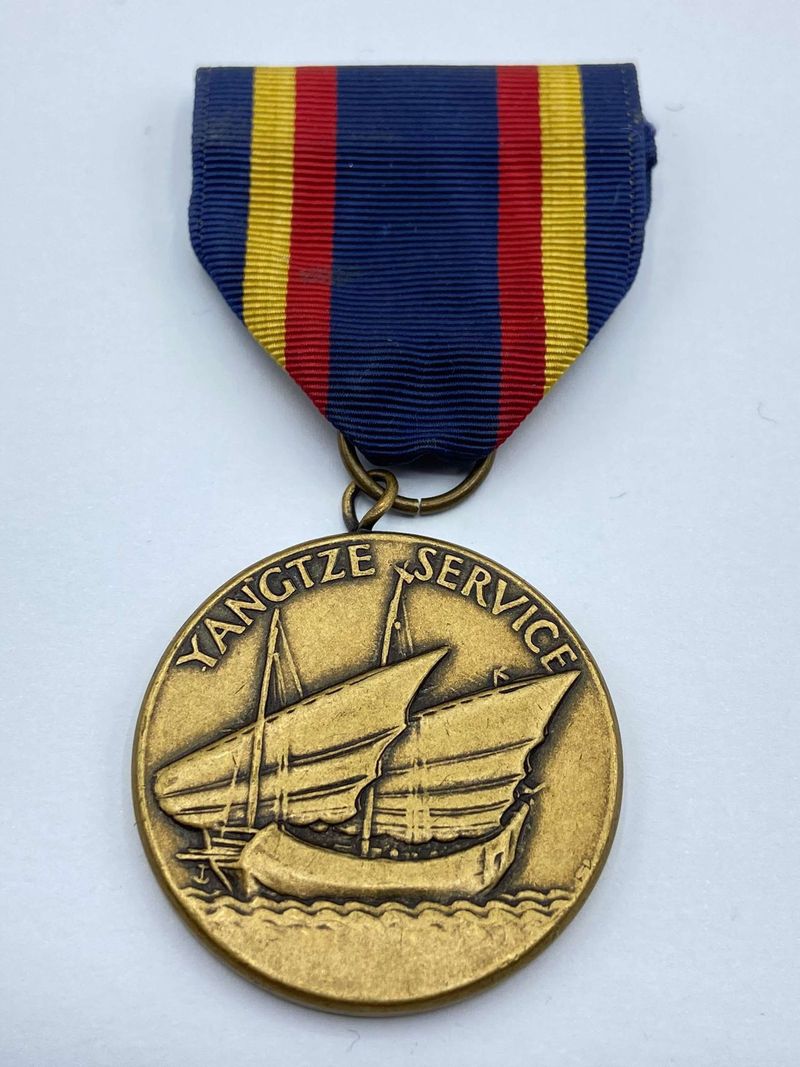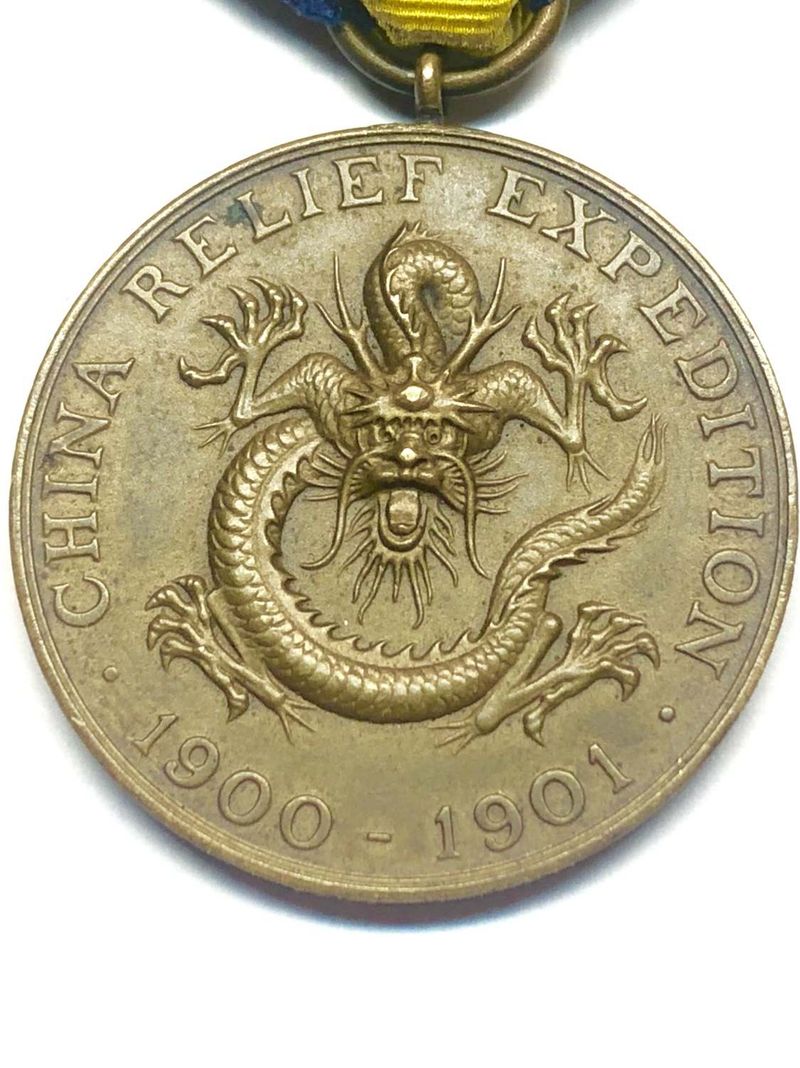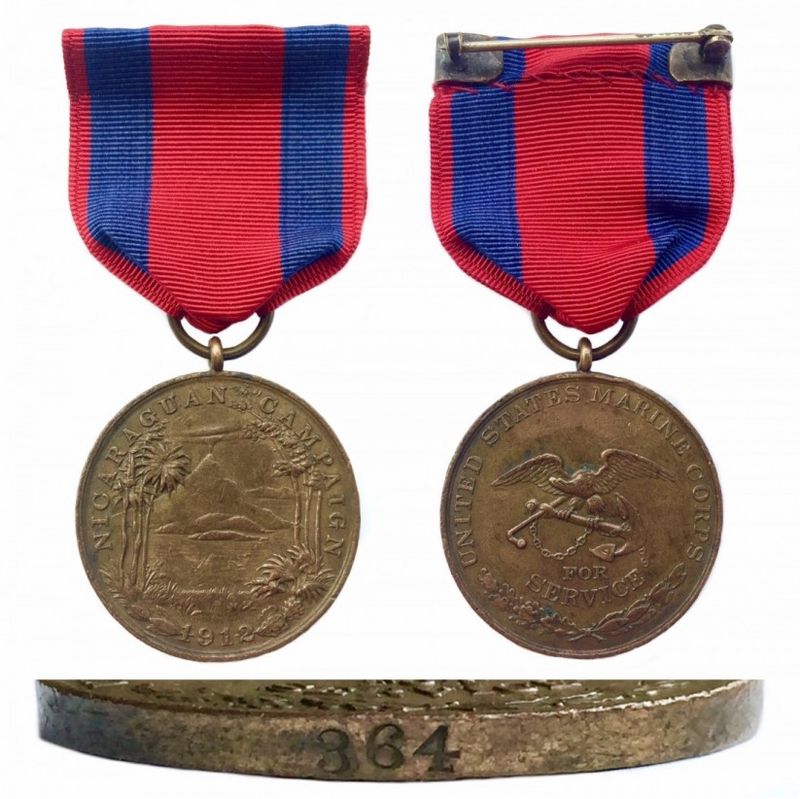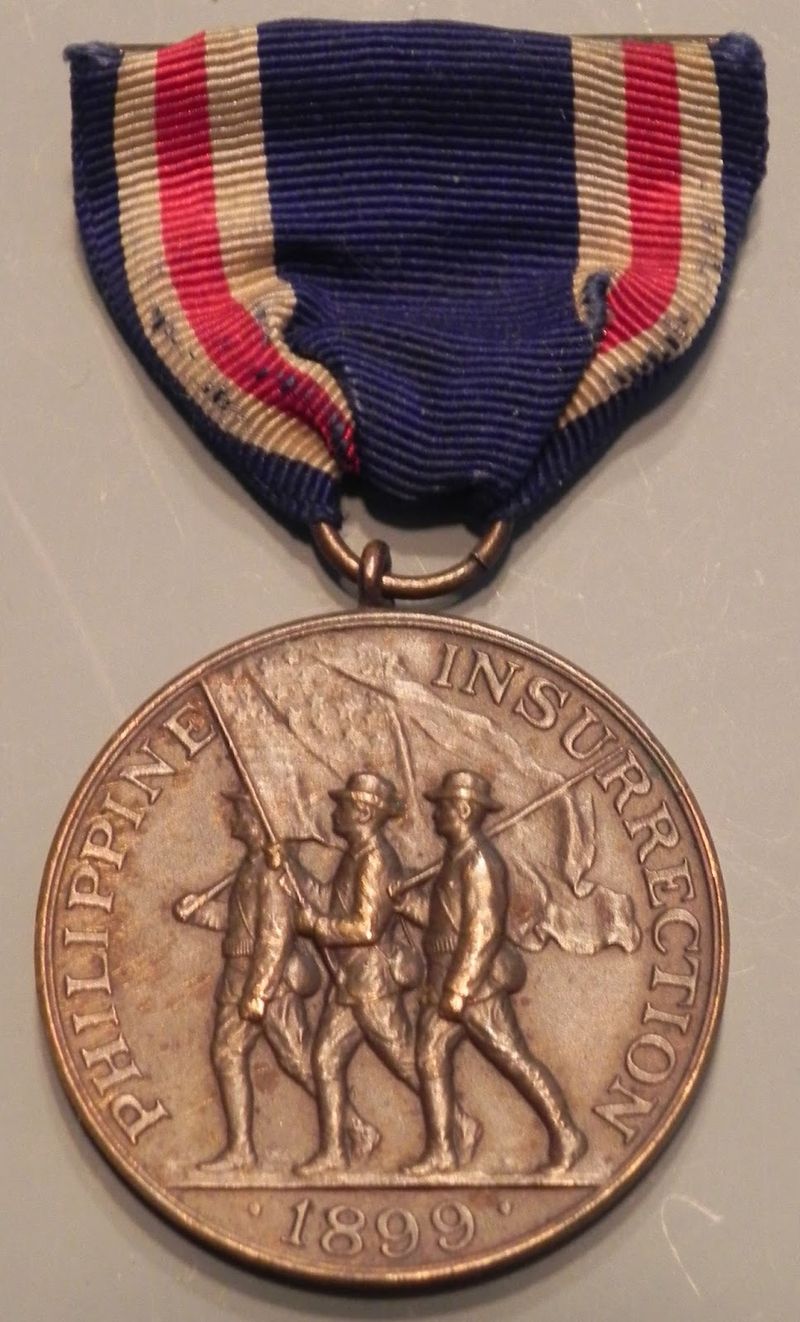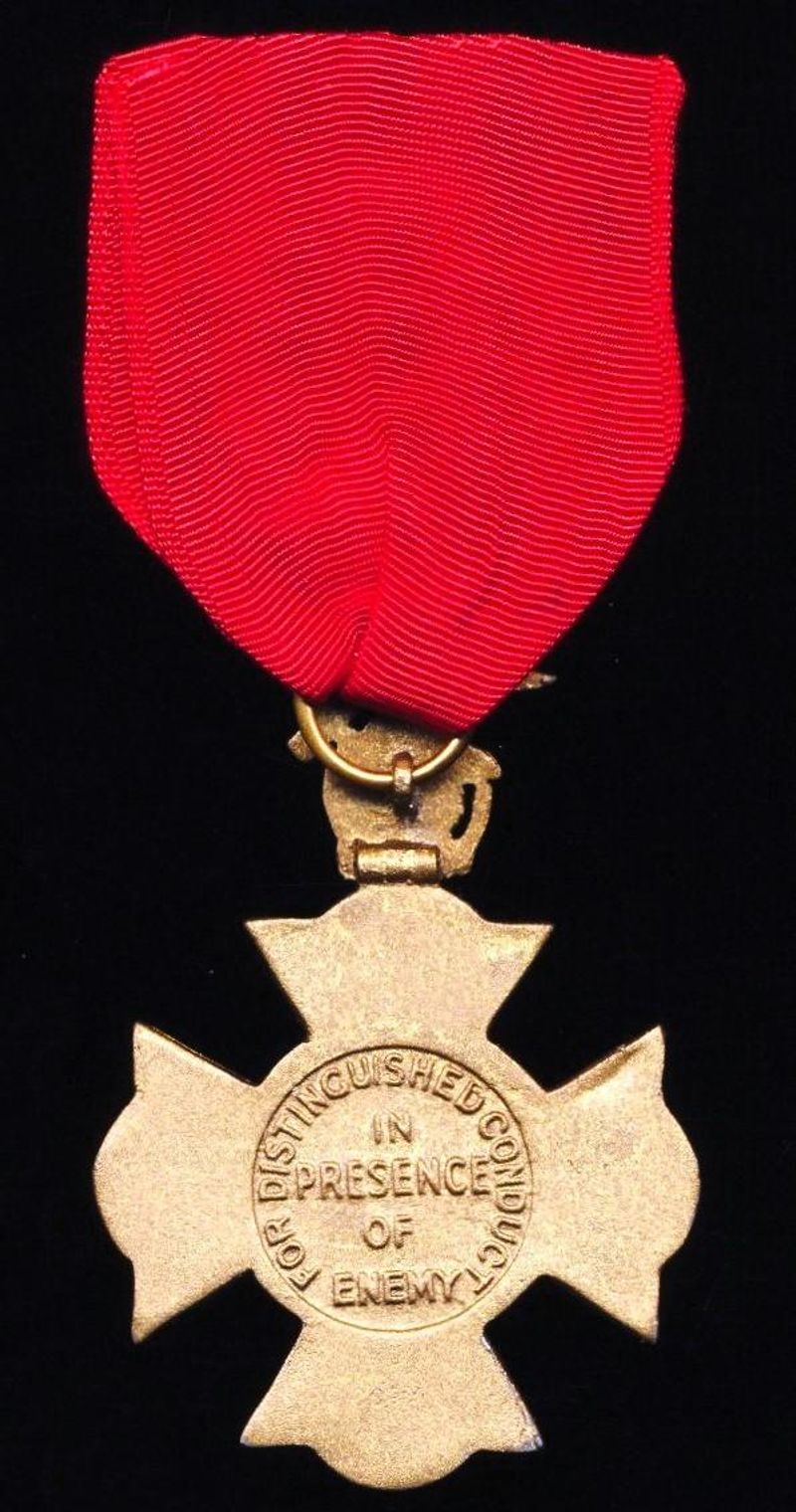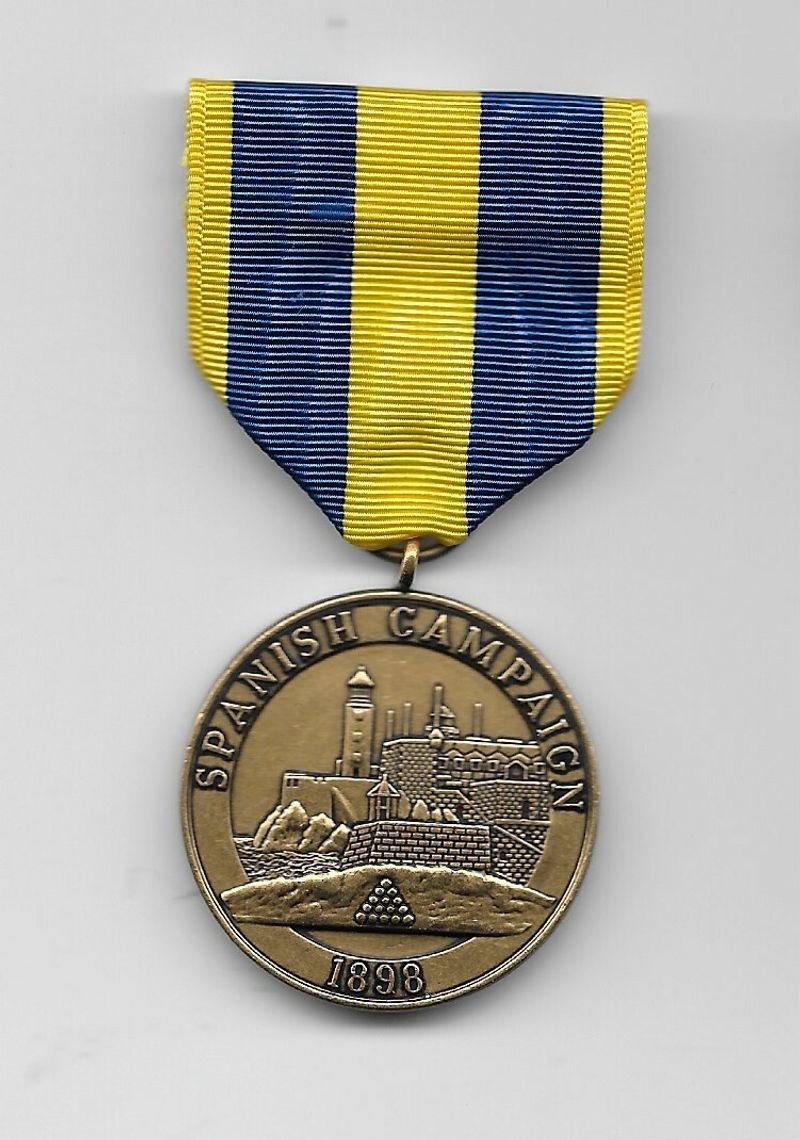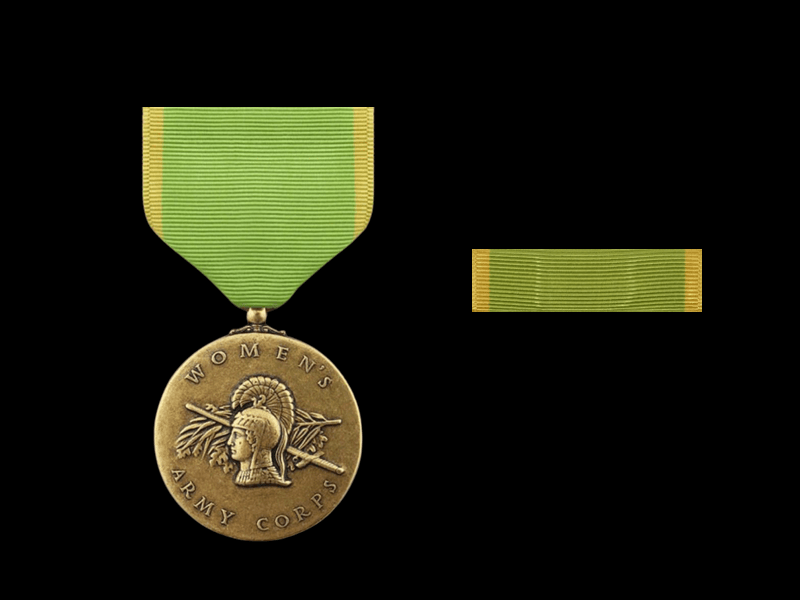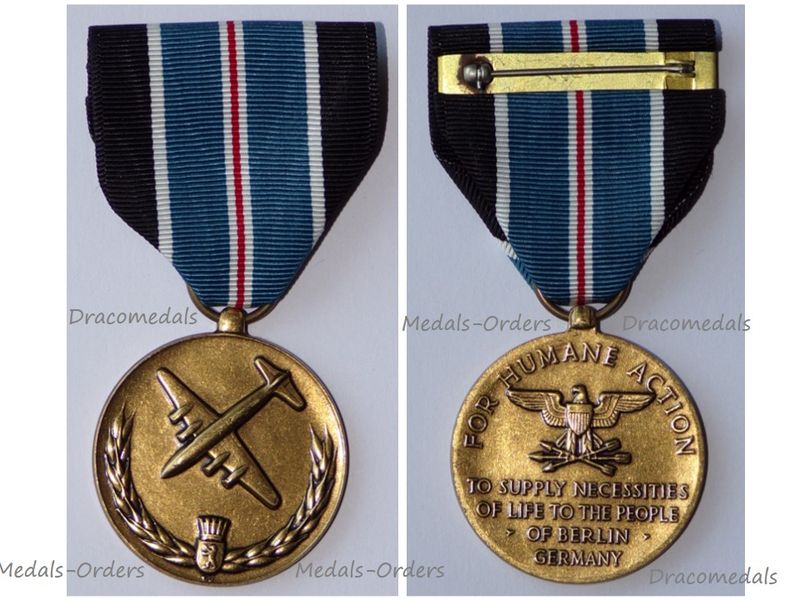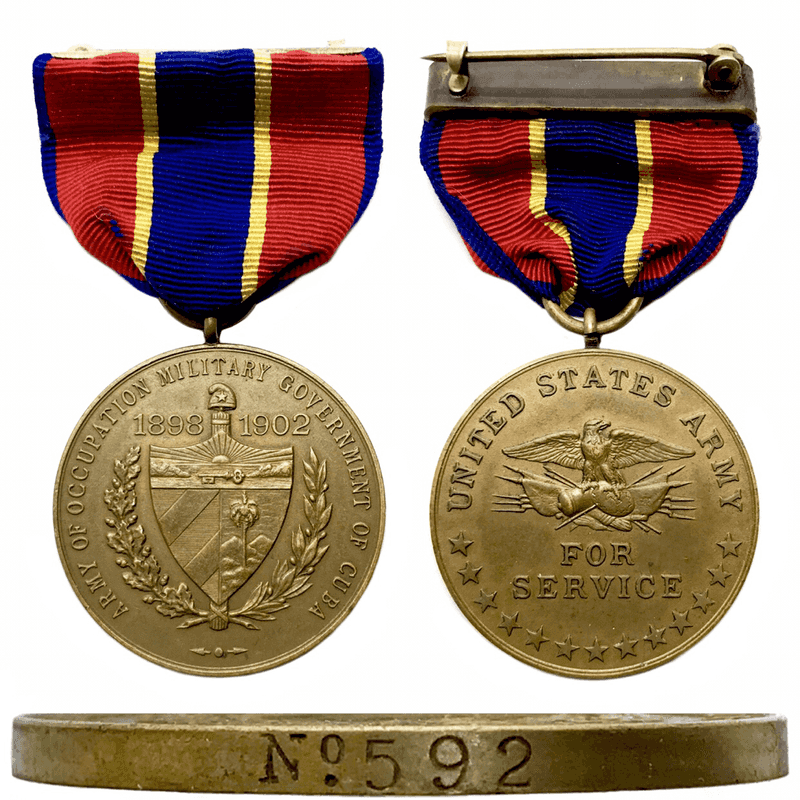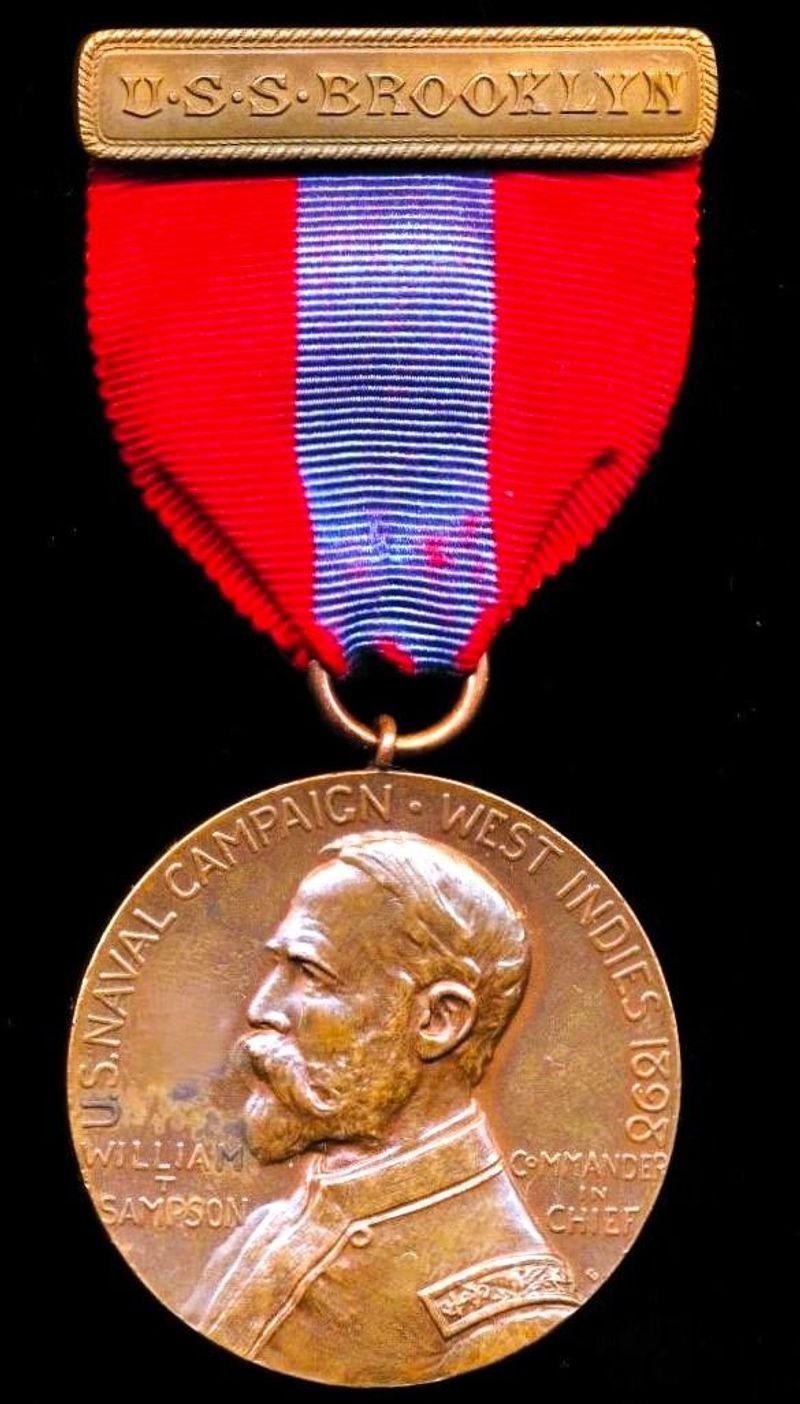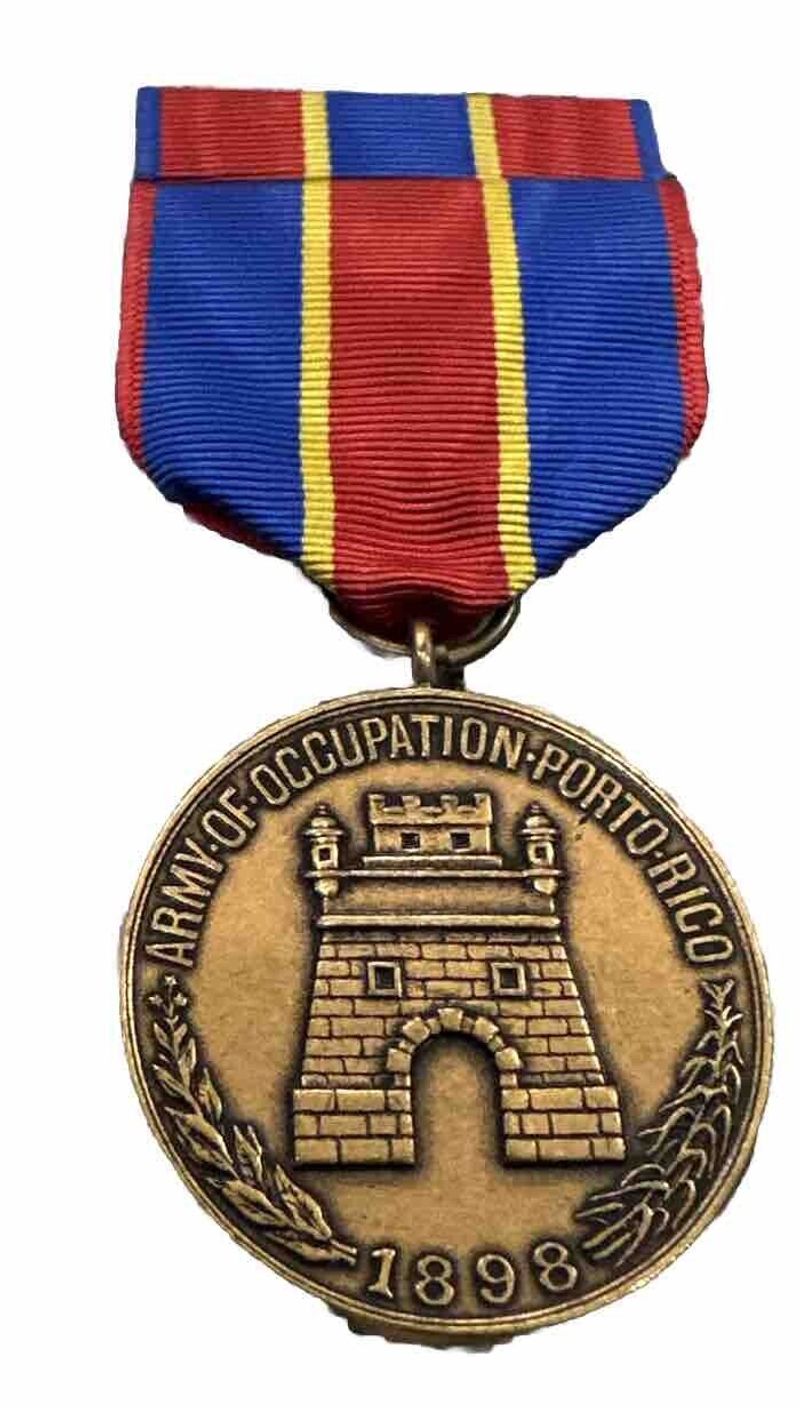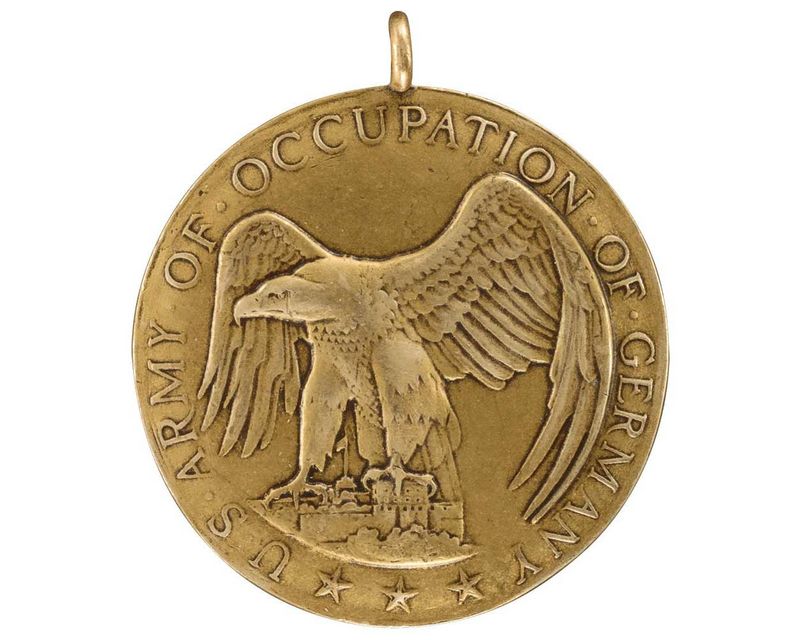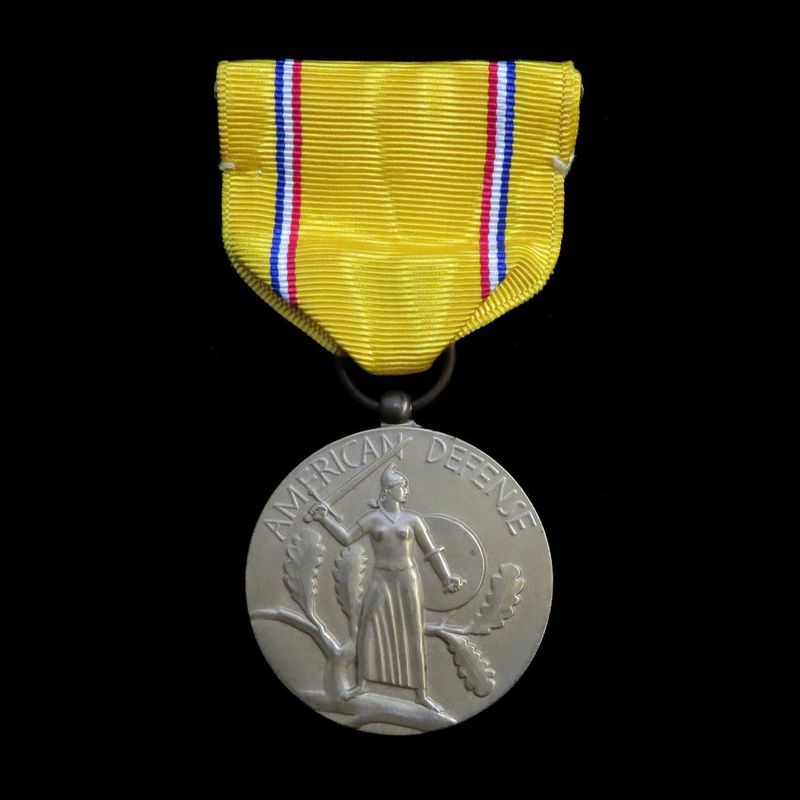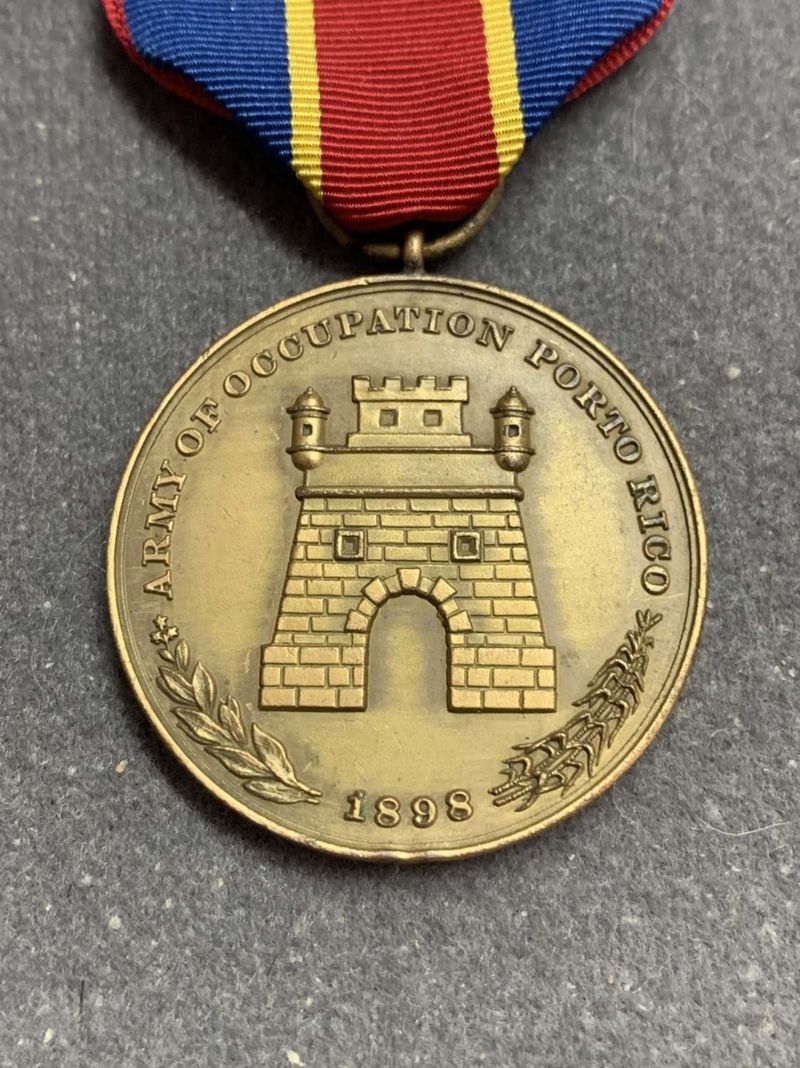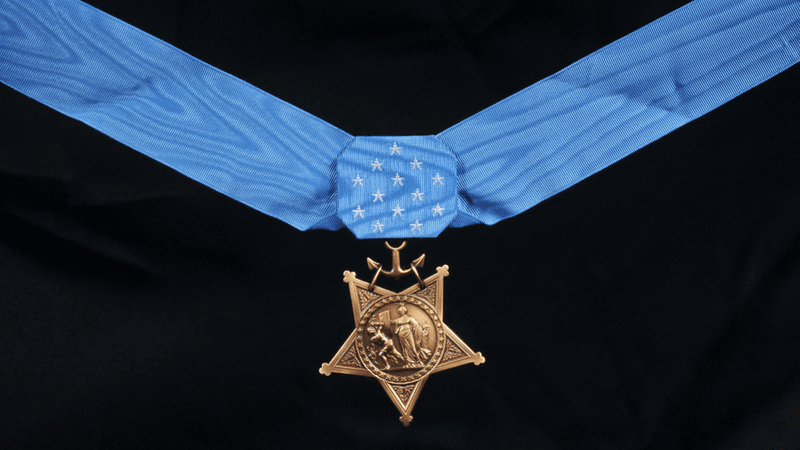Throughout history, countless acts of valor and service have been recognized through military medals. However, some of these honors have faded from public memory, despite their significant historical value.
This blog post aims to shine a light on 20 such forgotten military medals that once symbolized bravery, service, and dedication.
1. Badge of Military Merit (1782)
In 1782, George Washington established the Badge of Military Merit, a precursor to the modern-day Purple Heart. This esteemed award recognized acts of bravery and valor during the American Revolutionary War. Unfortunately, it fell into obscurity after the war ended and remained largely forgotten until it was revived in 1932. The badge featured a purple heart-shaped design, symbolizing courage. Interestingly, it was one of the first military decorations to acknowledge enlisted soldiers. Despite its historical significance, the badge is scarcely mentioned today, overshadowed by more modern medals.
2. Certificate of Merit Medal (1905–1918)
The Certificate of Merit Medal was introduced in 1905 to honor non-combat valor among U.S. military personnel. Its purpose was to recognize acts of distinguished service that didn’t involve combat. Although it became a respected honor, it was replaced by the Distinguished Service Cross in 1918. This transition led to its gradual disappearance from military recognition. The medal’s design was simple yet elegant, with a focus on merit rather than combat. While it played a crucial role in acknowledging service members’ bravery, it is now a mere footnote in military history.
3. Dewey Medal (1898)
Issued exclusively for the Battle of Manila Bay, the Dewey Medal commemorates a pivotal naval victory during the Spanish–American War. This one-time award was named after Admiral George Dewey, who led the U.S. Navy to success. The medal’s intricate design features naval motifs and a portrait of Dewey himself. Despite its historical importance, the medal is rarely discussed today. It serves as a reminder of a key moment in naval history, yet remains overshadowed by other awards. Collectors and historians cherish its uniqueness and historical context.
4. Indian Campaign Medal (1907–1917)
The Indian Campaign Medal recognized U.S. Army service during the Indian Wars, a series of conflicts with Native American tribes. Established in 1907, this medal highlighted campaigns that spanned several decades. Its design incorporated Native American elements, symbolizing the nature of the conflicts. Despite its significant role in history, the medal is often overlooked in modern discussions. It marked an era of expansion and conflict in U.S. history, but its remembrance has dwindled over time. Enthusiasts view it as a relic of a complex and contentious period.
5. Yangtze Service Medal (1926–1932)
Awarded to U.S. naval forces operating in China during the internal conflicts of the late 1920s, the Yangtze Service Medal is a testament to international military engagements. It recognized those who served on the Yangtze River, a strategic location during turbulent times. The medal’s design included Chinese symbols, reflecting the region’s cultural influence. Though an important part of naval history, it’s seldom mentioned today. This medal symbolizes the complexity of U.S.-China relations during that era, offering insights into military diplomacy and presence abroad.
6. China Relief Expedition Medal (1900–1901)
During the Boxer Rebellion, the China Relief Expedition Medal was awarded to those who served in this significant military operation. Issued in 1900, the medal acknowledged the efforts to relieve foreign nationals besieged in Beijing. Its design featured Asian-inspired elements, capturing the essence of the conflict. Despite its historical importance, the medal is rarely highlighted in modern accounts. It stands as a testament to early 20th-century international military cooperation. Collectors and history buffs value its rarity and the stories it represents from a tumultuous time.
7. Nicaraguan Campaign Medal (1912 and 1933 versions)
The Nicaraguan Campaign Medal was awarded for U.S. military interventions in Nicaragua, with distinct versions issued in 1912 and 1933. These medals recognized efforts to stabilize the region amid political unrest. Each version bore unique engravings, reflecting the specific campaigns. Despite their historical significance, they are rarely mentioned today. The medals symbolize U.S. involvement in early 20th-century Central America, highlighting military diplomacy and intervention. Historians and collectors appreciate their connection to pivotal moments in regional history, though they remain largely forgotten.
8. Philippine Congressional Medal (1906)
In 1906, the Philippine Congressional Medal was established to honor those who volunteered to serve in the Philippine–American War. This medal recognized the commitment and dedication of volunteers during a tumultuous period. Its design incorporated symbols of service and duty, reflecting the ethos of the time. Despite its importance, it has faded from public memory. The medal highlights the complexities of U.S. expansion and conflict in the Philippines. Enthusiasts and historians regard it as a piece of history that embodies the challenges and triumphs of the era.
9. Marine Corps Brevet Medal (1921)
The Marine Corps Brevet Medal stands out as one of the rarest U.S. military decorations, having been awarded only 23 times. Instituted in 1921, it recognized acts of extraordinary heroism by Marine officers. The medal’s design is adorned with distinctive Marine Corps emblems, symbolizing elite service. Despite its rarity and significance, it remains a lesser-known accolade. This medal represents exceptional courage and leadership within the Marine Corps. Collectors and military historians highly value its scarcity and the stories behind its recipients, making it a prized artifact.
10. Spanish Campaign Medal (1898)
The Spanish Campaign Medal was awarded for service during the Spanish–American War, one of the late 19th century’s defining conflicts. Issued in 1898, the medal’s design included classic motifs of the era, celebrating military engagement and victory. Despite its prominence at the time, it’s often confused with other medals from the same period. Today, it remains an underappreciated piece of military history. The medal signifies a turning point in America’s global role, marking the country’s emergence as a significant power. Historians value its historical context and legacy.
11. Women’s Army Corps Service Medal (1943–1978)
The Women’s Army Corps Service Medal was established to honor the vital contributions of women in uniform during its service period. From 1943 to 1978, this medal acknowledged women’s roles in the military, highlighting their dedication and service. Its design incorporated feminine elements, symbolizing the unique contributions of women. Despite its importance, the medal became obsolete after the disbandment of the Women’s Army Corps. It serves as a reminder of the progress and challenges women have faced in military service. Collectors and historians cherish its representation of gender equality in armed forces.
12. Berlin Airlift Medal (Medal for Humane Action, 1949)
The Berlin Airlift Medal, officially known as the Medal for Humane Action, was awarded in 1949 to participants of the Berlin Airlift. This humanitarian operation was a response to the Soviet blockade of West Berlin, showcasing the power of air transport. The medal’s design featured aviation motifs and symbols of aid, reflecting the mission’s nature. Though a crucial moment in Cold War history, the medal is often overlooked. It stands as a testament to the ingenuity and solidarity of the Allied forces. Collectors highly value its representation of humanitarian efforts and Cold War diplomacy.
13. Army of Cuban Occupation Medal (1899)
The Army of Cuban Occupation Medal was awarded in 1899 to recognize service in postwar Cuba following the Spanish–American War. This medal celebrated the efforts to stabilize and govern the newly liberated island. Its design incorporated Cuban and American symbols, reflecting the cooperative spirit. Despite its significance, the medal is rarely discussed today. It highlights the complex relationship between the U.S. and Cuba during that era. Historians appreciate its historical context and the stories of those who served during this transitional period, making it a valued piece of history.
14. Sampson Medal (1898)
Named after Rear Admiral William T. Sampson, the Sampson Medal was awarded to U.S. Navy personnel for sea service in the West Indies during the Spanish–American War. Issued in 1898, its design featured naval icons and 19th-century artistry, celebrating maritime achievements. Although significant, the medal is overshadowed by others from the era. It represents a key naval victory and the strategic importance of the West Indies. Collectors and naval historians value its unique connection to a transformative period in American naval history, capturing the essence of victory and innovation.
15. West Indies Campaign Medal (1898)
The West Indies Campaign Medal was awarded for Army service in Caribbean campaigns during the Spanish–American War. Issued in 1898, the medal’s design included tropical elements, highlighting the geographical significance. Despite its historical value, it is often overlooked in modern discussions. This medal signifies U.S. military strategy and the challenges of operating in diverse environments. Historians and collectors appreciate its representation of a critical period in American military history, symbolizing adaptability and determination. It remains a testament to the complex narratives of American expansion and influence.
16. Puerto Rican Occupation Medal (1898)
The Puerto Rican Occupation Medal was awarded to U.S. Army personnel for their service in Puerto Rico following the Spanish–American War. Recognized in 1898, this medal featured island-inspired designs, celebrating the cultural and geographical context. Its rarity makes it a unique artifact, often overshadowed by other awards from the same period. The medal highlights the complexities of American expansion and governance in new territories. Enthusiasts and historians value its symbolic representation of a pivotal era in Puerto Rico’s history and its role in American military narratives.
17. World War I Occupation of Germany Medal (1941 issued)
Issued retroactively in 1941, the World War I Occupation of Germany Medal recognized service in the postwar German occupation zone. This medal acknowledged the efforts to maintain peace and stability in a recovering Europe. Its design incorporated German and Allied symbols, reflecting the collaborative mission. Though issued later, it remains an important artifact of post-WWI reconciliation. The medal offers insights into the challenges of peacekeeping and international cooperation. Historians and collectors value its representation of a significant transition in European history, marking the end of a tumultuous era.
18. American Defense Service Medal (1941)
The American Defense Service Medal was introduced in 1941 to honor U.S. military personnel who served just before the country entered World War II. This medal recognized the dedication and preparedness of service members during a tense and uncertain period. Its design featured defense motifs and patriotic symbols, capturing the spirit of vigilance. Despite its significance, the medal is often overlooked due to its timing. It stands as a testament to the commitment of the armed forces in the face of impending global conflict. Collectors and historians appreciate its representation of readiness and resolve.
19. Army of Puerto Rican Occupation Ribbon (1898)
The Army of Puerto Rican Occupation Ribbon is an exceptionally rare distinction, awarded solely in ribbon form for Army occupation forces in Puerto Rico in 1898. Its minimalist design reflects the straightforward nature of the award. Despite its simplicity, the ribbon is a coveted item among collectors due to its rarity. It represents the strategic significance of Puerto Rico during America’s expansionist phase. This ribbon, while not as grand as other medals, holds historical value as a reminder of the challenges and responsibilities of military governance in new territories.
20. Peacetime Medal of Honor (pre-1917)
The Peacetime Medal of Honor, awarded prior to 1917, recognized extraordinary heroism not in the face of combat but in life-saving situations. This medal celebrated the courage and selflessness of those who risked their lives for others. Its ornate design and historical significance make it a unique artifact in military accolades. However, it was later redefined to require combat action, leading to its diminished recognition. Collectors and historians hold it in high esteem for its emphasis on heroism beyond the battlefield, serving as a reminder of the diverse forms of bravery.
